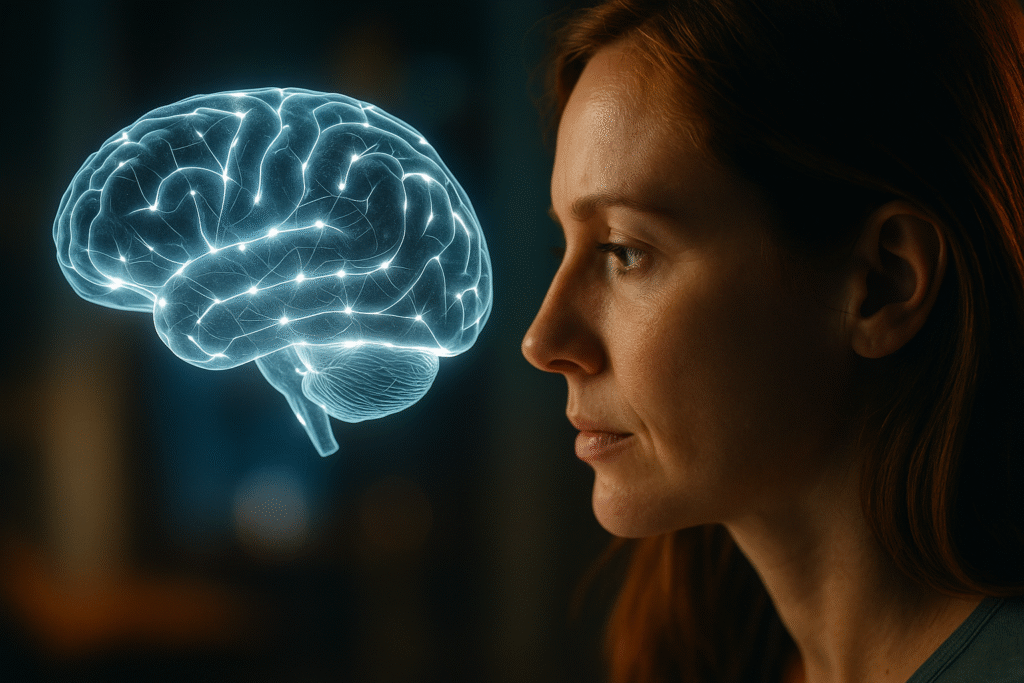Hello welcome back to another article from Hoosier Hypnosis. We have been working on updating the site the last few weeks. In addition, we’ve been searching for more hypnotic news to share with you. This week’s topic is hypnotic research. We’ve learned a lot about the brain through in the last twenty years. Some of it directly related to hypnotic studies.
Today however, I want to talk specifically about neuroscience. It’s a big part of what we do. The more we learn about the brain, the better we begin to understand how hypnosis works. Right now we know what we do, but not exactly how the brain accomplishes it.
Today we’re reviewing an article from Neuroscience of Consciousness back in 2017. The article summarizes many of the advances made in hypnotic study during the last two decades. It includes clinical research supporting the efficacy of hypnosis for managing a number of different symptoms and conditions. Let’s see what the experts in both fields had to say.
Recent Advances in Hypnosis Research
Some of the most theoretically substantive findings of the last twenty years have come from stuides seeking to identify how we neurophysicologically respond individually to hypnotic suggestions. Or why do some of us respond different under hypnosis to the same stimuli.
One study, by MGeown et al. found that there were some interesting difference in the brain functioning of highly suggestible individuals. The studies were based on (fMRI scans). Their brains scans of highly suggestible people had a different level of prefrontal cortex activity. For whatever reason, this difference relates to spontaneous changes in the conscious. In addition high respondents also exhibit greater volumes of activity in the rostrum and corpus callosum. They also found significant activity in the medial prefrontal and anterior cingulate corticies.
Now, if you’re anything like me, you may be a science nerd. You may also like research. But what the heck does all of it mean?
Well basically it suggests or possibly proves something that most hypnotists already know. The selective reduction of activity in the prefrontal cortex suggests that inhibiting psychological functions in this reigion may enhance suggestive response.
While us lay hypnotist may not have know which part of the brain was being overridden to effect change, it is fascinating to learn as the scientist begin to figure it out. It also suggests that the perfrontal and anterior cingulate corticies pay a pivotal role in hypnotic suggestibility as well as response to hypnotic inductions.
Validating Subjects Subjective Responses
For a very long time there has also been debate about participants subjective responses to hypnosis. With the advent of congnitive neuroscience and neuroimaging these debates may be finally coming to an end.
Traditionally, psychologists and neuroscientists have been incredibly skeptical of these responses (Oakley and Halligan 2013). Particularly profound changes in perception following specific suggestions. This is despite consistent demonstration through neuroimaging, that suggestions that had once been questioned are now being found to correspond with the appropriate portions of the brain.
Further the body of research indicates that the percieved effects of hypnosis and suggestion have clear impacts on brain activity. Which is another indication that the responses are real and not pretending. Watching these brain patterns as they occur in real time has begun to help us understand brain areas and activity patterns. Which will hopefully one day help us better understand generan and specific hypnotic suggestions.
An Example
Many studies have shown similar cortical activation patterns in pain reduction and the correspoinding perceptual states. Only further suggesting that the effects are distinct from those seen when one is engaging their imagination. Due to discoveries like this, researchers have been able to move beyond back questions pertaining to the validity of subject’s responses. Now we can ask more sophisticated questions as to why it happens without worrying about whether or not it is happening.
Hypnotic Analgesia
On the other end of the hypnotic research spectrum, a variety of different neuroimaging methods have shown that hypnotic suggestions can have specific localized effects. We know this is achived by influencing activity in the cortical and sub-cortical regions in the brain, which are now thought to be assocaited with suggested analgesic responses! This could have an immense impact on the study of pain and its management.
Hypnotic Research and Clinical Trials
In addition to advances in basic understanding of the brain and how hypnosis affect it, there have been studies showing the clinical viablity of hypnotic practices.
Below are just a few of the different syndromes and maladies that had hypnotic studies indicating the clinical usefulness of hypnosis.
- irritable bowel syndrome (Schaefert et al. 2014)
- PTSD symptoms (Rotaru and Rusu 2016)
More limited evidence suggests that hypnosis may be effective in other problems. However, larger scale clinical trials would be required to confirm it:
- Depression (Alladin and Alibhai 2007)
- Anxiety (Hammond 2010)
- Smoking Cessation (Lynn et al. 2010).
In addition, the research indicates that hypnotic techniques can be combined with nonhypnotic therapies to enhance the effectiveness of both treatments (Kirsch et al. 1995; Jensen et al. 2011).Further research will likely aim to integrate clinical and basic science results to strengthen the case for hypnotic interventions for everyday maladies.



